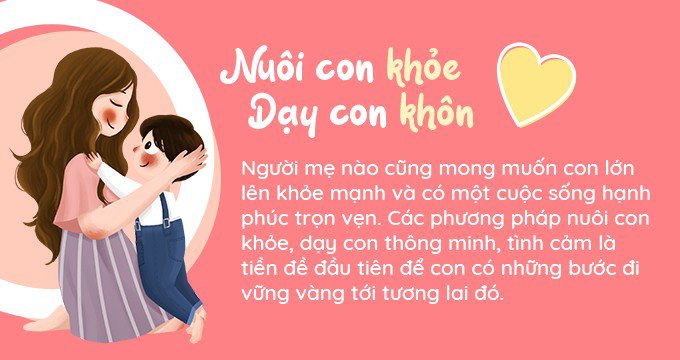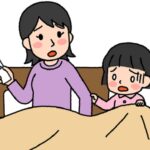It’s true that many people live with a constant sense of impending doom. This can trigger a cascade of irrational thoughts and overthinking. Others may be haunted by past failures and traumas, believing themselves to be powerless.
At its core, anxiety is about an energy imbalance, while depression is about a lack of energy.
In recent years, depression has exhibited two distinct trends: an increasing incidence rate and a decreasing age of onset, including children.
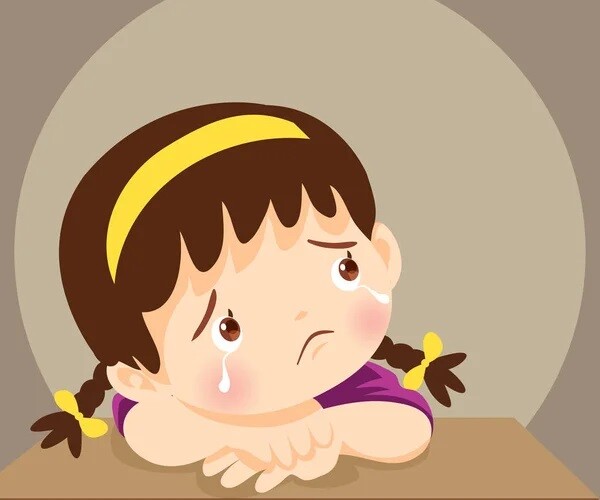

Are more children becoming depressed?
The study, “National Mental Health Development Report of China (2021-2022),” revealed that 14.8% of adolescents are at risk of depression to varying degrees, a 3.7% increase from 2019. The detection rate of depression among middle school students reached 40%, with severe depression accounting for 10.9%.
Depression can lead to negative decisions, especially as adolescents often panic when facing this illness. Depressed children often have strong self-loathing feelings, and some punish their “worthless selves” by self-harming.
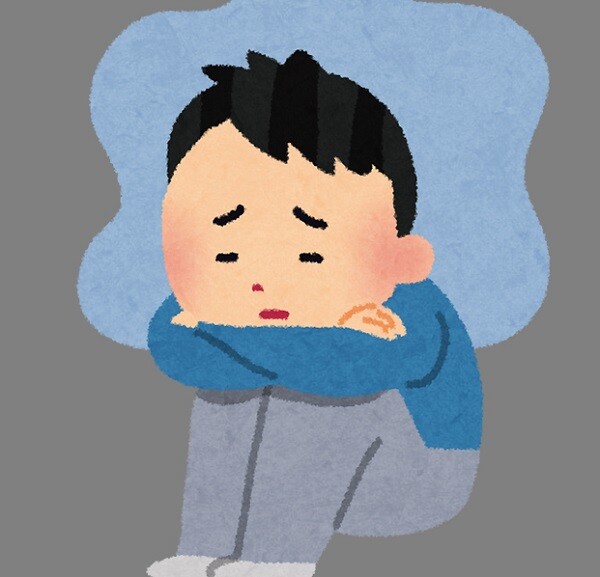
There is a growing trend of children experiencing depression.
When a child’s emotions are suppressed to the point of unbearable distress, physical pain can divert their attention from psychological pain, leading to self-harming behavior.
This behavior can also lead to a dependence on the endorphin release pattern, creating a vicious cycle.
Therefore, parents should pay close attention to their children’s behavior and mental health, promptly identifying any changes and addressing them to reduce the risk of depression.

Harvard University Study: These 3 “Depressing Colors” Should Be on Parents’ Radar
Harvard T.H. Chan School of Public Health collaborated with the University of Vermont’s Department of Computer Science to investigate the link between color and mental health.
They analyzed 43,950 photos posted by 166 social media users, including those with a history of depression and healthy individuals. They examined factors such as color diversity, saturation, and brightness. The results showed that:
Depressed individuals tend to favor cool-toned filters like blue, gray, and black. Their photos generally have lower brightness and saturation, with fewer selfies or vibrant, cheerful images.
Healthy individuals prefer warm and bright filters with a human presence.
Remarkably, this predictive model of depression successfully identified 70% of depression cases, on average six months earlier than clinical diagnosis, allowing for timely treatment.
In psychology, three colors are considered “depressing colors” that can trigger negative emotions and sentiments. If children suddenly develop a particular fondness for these colors, parents should be vigilant and attentive to any underlying psychological issues.
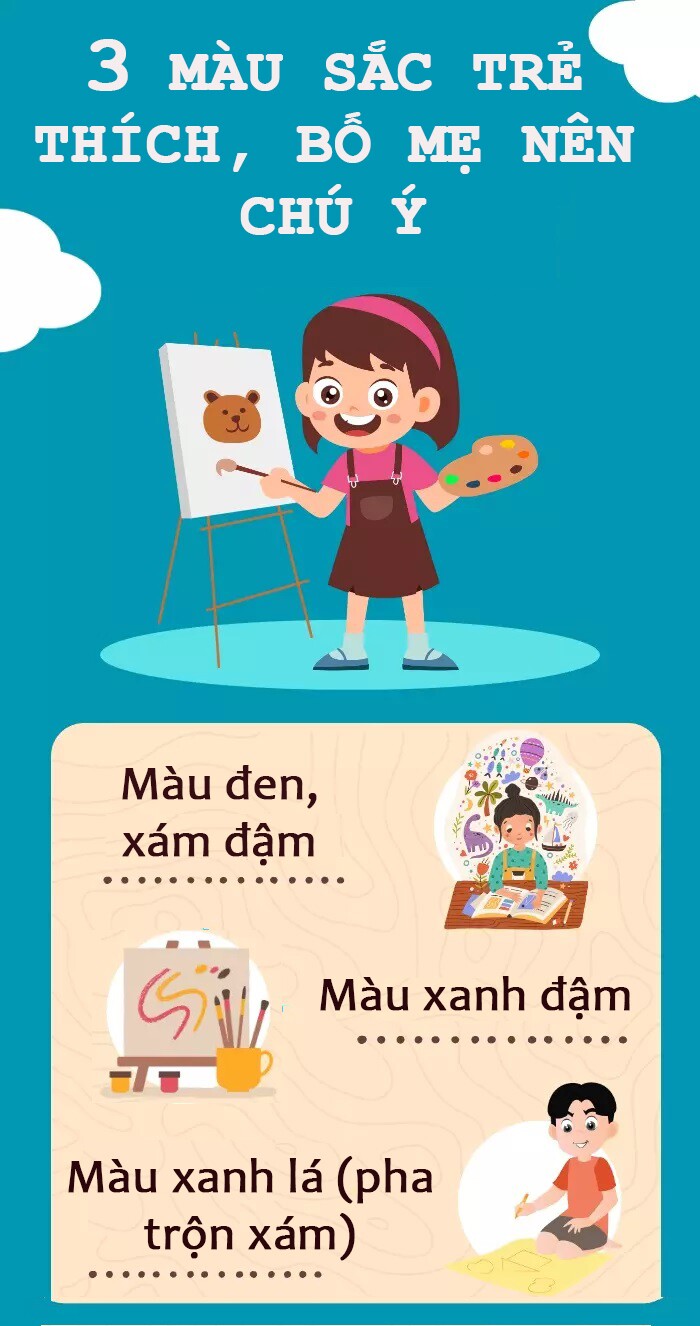
Image source: Momjunction.
Black and Dark Gray
Most young children are drawn to vibrant colors, reflecting their innocent and optimistic view of the world.
However, as they enter adolescence, they may suddenly develop a preference for specific colors, notably black or gray. This shift can be surprising to parents, as the chosen colors convey a more serious and introspective tone rather than childhood innocence.
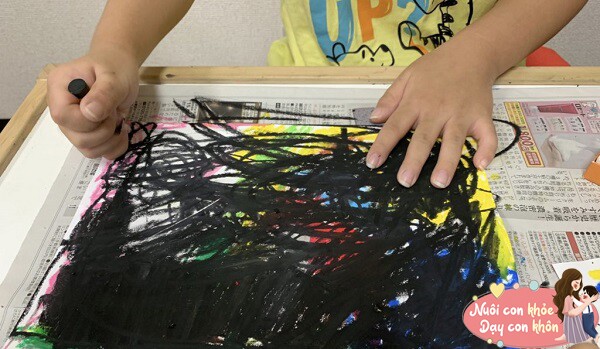
Children who favor black often crave attention and understanding from adults.
On a positive note, black and gray are considered neutral colors. Black conveys formality and solemnity, possibly making children feel enveloped in a protective layer, creating a safe distance from the outside world. Meanwhile, gray, with its softer hue, allows one to blend in without standing out, representing neutrality and balance.
This stage marks a period of self-discovery and identity formation, and color preferences become a part of that journey.
However, on a deeper level, these color choices can also indicate low self-esteem and a sense of insecurity. While black exudes power and mystery, it also reflects internal anxiety and loneliness. Many children who favor black yearn for adult attention and empathy.
Dark Blue
In English, there’s an idiom associated with the color blue: “feeling blue,” which means feeling sad or gloomy.
Blue typically symbolizes purity and serenity, like the sky or the sea. So, how did it become associated with melancholy and despondency?
According to experts, light blue, with its high saturation, brightness, and tranquility, is unrelated to depression. It’s a common choice for baby boys’ rooms. However, dark blue falls into the category of dark colors. If a child shows a strong preference for dark blue, it may indicate emotional turmoil.
Van Gogh’s “Starry Night” conveys inner turmoil and longing through its deep blue hues. The popular South Korean drama “Autumn in My Heart” also used blue and oceanic imagery to symbolize predetermined fate and powerlessness.
Olive Green (Grayish Green)
There’s a form of psychological therapy called “art therapy” or “painting therapy,” where patients are asked to paint without conscious thought during the initial diagnostic phase. Their paintings are then analyzed for color choices and themes.
Interestingly, many individuals facing emotional or psychological challenges tend to use grayish green colors, such as olive green or sage green, in their paintings. These colors are often associated with negative emotions and memories.
While green typically represents nature, vitality, and positivity in our minds, grayish green, with its muted saturation and brightness, takes on a different connotation.

Parents should be attentive to sudden changes in their children’s favorite colors.
Here are some explanations for the association between grayish green and depression:
Firstly, from an evolutionary psychology perspective, grayish green resembles decaying vegetation, triggering primitive alert responses in humans. This association is a result of our innate protective mechanisms.
Secondly, in terms of visual physiology, grayish green, with a wavelength of 500-550nm, falls within the response trough of cone cells in the human eye. Prolonged exposure to this color can cause eye strain.
Thirdly, culturally, the Chinese saying, “green is sorrow, red is joy,” links grayish green with melancholy. The Western tradition of “hospital green” further reinforces the association with illness.
What Do Children’s Favorite Colors Reveal About Their Personalities?
Color preferences can offer insights into a child’s personality and hidden traits.
– Children who favor white, pink, and purple tend to be sensitive, refined, considerate, gentle, and introverted. They often embody the archetype of well-behaved, adorable little princesses.
– Children drawn to bright red, green, and yellow are usually enthusiastic, unconstrained, quick-thinking, communicative, sociable, and natural leaders within their peer groups.
– Children who love wearing colorful outfits and embrace all colors tend to be extroverted, positive, creatively inclined, radiant, and well-liked by their peers.
While color preferences may not be indicative of deeper issues, an extreme fixation on specific colors could signal underlying psychological challenges. Parents should be attentive and provide guidance to prevent potential problems.
In daily life, parents should expose their children to a colorful world, encouraging exploration beyond a limited palette.

























